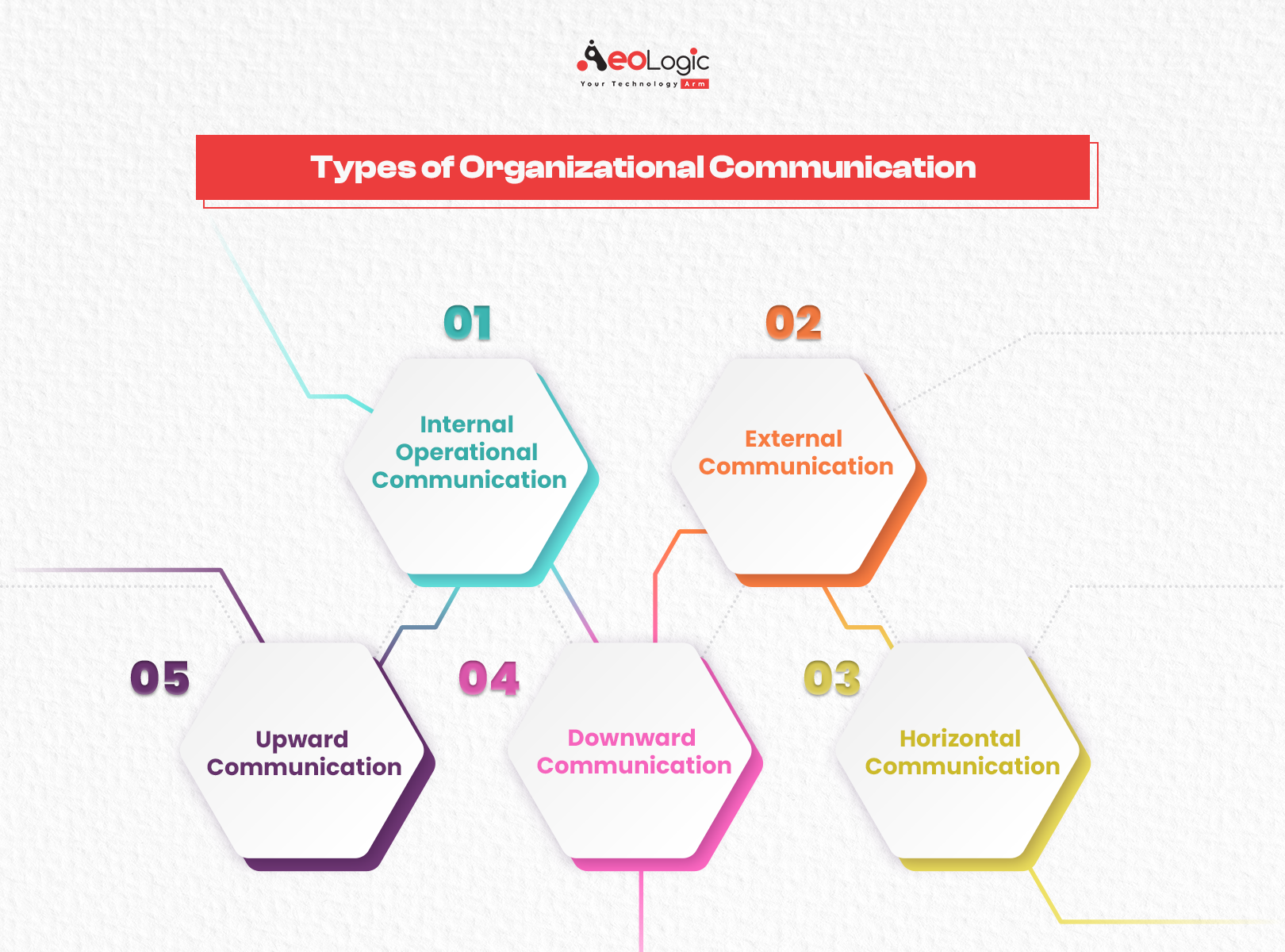Good communication is vital in any organization. It turns into the connecting link of all that. But as far as I think of it, I mean that good communication is not only delivering information as necessary but taking into account the feeling and a sense of information. This is how you and I talk to one another, how we fight our issues, and create a supportive working atmosphere. Why Does Communication Matter in an Organization? Let me take you through various aspects of organizational communication.
What is Organizational Communication?

It is important to note that organizational communication entails the manner through which information flows within a company. Think of it as a system of ongoing chatter, emails, meetings, and even body language that hold everyone in the loop. It is not sending a transmissions the message but about comprehending each other.
With good organizational communication, everyone will be abreast with the events of the other employees, which plays a role in creating a community and helps in having clear goals. In lay terms, it is the body system of an organization through which blood information flows to all sections in order for the body to function as a unit.
Also Read: What Role Does Innovation Play at Your Company?
Types of Organizational Communication

There are different forms of communication in an organization that have different functions. Let’s look at them:
Internal Operational Communication: This pertains to routine communications, email communication, and meetings that facilitate the functioning of the organization.
External Communication: This encompasses outward communications with clients, partners, and other stakeholders.
Upward Communication: The management in nature comes after the employees from whom information is found flowing to them. It is important to provide feedback and exchange ideas.
Downward Communication: It is converse, where information passes from management to employees. It serves as a platform for instructions and company goals.
Horizontal Communication: This is peer or employee-level communication. It is necessary for cooperation and team development.
Also Read: How AI-Powered Automation Can Enhance Business Growth
How to create a successful organizational communication strategy

Creating a successful organizational communication strategy is key to ensuring effective collaboration and productivity in any workplace. It involves understanding and implementing the right techniques to foster clear, consistent, and impactful communication among all members of the organization. Let’s see:
Building a Strong Team
Establishing a strong team is among the advantages of good communication in an organization. Effective communication leads to better understanding and interpretation of one another among the team members. The dysteleological understanding of dependency promotes relationships, respect and a sense of fitting in. Here’s how it works:
- The existence of open channels of communication promotes the sharing of ideas and feedback.
- It promotes trust and transparency within the team members.
- Through effective communication, conflicts are easily spotted and addressed to avoid escalation.
Enhancing Productivity
This highlights the role played by communication in organizations and its contribution to higher productivity. It is understood by everyone what they are expected to do in a clear and effective communication. This clarity leads to:
- More organized work process and less confusion.
- on-time and clear information flow for decision making.
- Enhanced morale as employees feel a sense of voice and value.
Fostering Innovation and Creativity
Bigger things amount from good communication. Creativity thrives in an atmosphere that permits free speech and expression. Here’s why good communication is a catalyst for innovation:
- It promotes a climate of tolerance and free thinking.
- Number of employees feels at ease in sharing a novel idea without fear of backlash.
- This boosts collaboration, marrying different insights for inventive answers.
Also Read: Why Corporate Culture is Important for Organizational Success
Ensuring Smooth Change Management
All said, organizational change is a given in any aspect of life and how the transformation communications are rendered may indicate such variation. This is where the need and importance of communication in organizations comes into play. Effective communication ensures:
- Changes are communicated to employees and revealed to them.
- By addressing concern and fear, it assists in reducing resistance to change.
- Gains morale and trust during transitions; keeps everyone on the same page.
Building a Positive Workplace Culture
At the core of a good workplace is communication. The organization is more about heterophony rather than homophony or conveying messages only. Here’s what good communication does for workplace culture:
- Establishes an atmosphere of respect and empathy.
- Fosters a social environment among employees.
- Reduces workplace conflicts and fosters harmonious environment.
Enhancing Customer Relationships
The need for communication in organizations is not only about internal interactions but it also touches on customer relationships. Effective communication with customers can lead to:
- Enhanced customer satisfaction where their requirements are understood and catered for.
- Developing Trust-Based Longitudinal Relationships.
- Good brand reputation by word of mouth from the happy customers.
Improving Crisis Management
Effective communication becomes more important in times of crisis. This is important in management and minimizing of the situation. Here’s how communication helps during a crisis:
- Offering accurate and concise information to curb the spread of false information.
- Aids in organising a quick and efficient have fun.
- Preserves trust and assurance of employees and stakeholders.
Encourage Managers for Open Communication

It is also important for a company to have an open culture and this entails encouraging the managers to communicate effectively with their teams. Here’s how it can be done:
Train Managers in Effective Communication: Offer learning events oriented towards active listening, speaking clearly and empathy.
Promote Transparency: Motivate managers to communicate the organizational goals, problems, and achievements.
Foster a Feedback Culture: Establish avenues through which employees can give their opinions and ideas with the assurance that the views will be considered by the managers.
Lead by Example: Open dialogue should practiced on daily basis by the senior leaders in order to demonstrate good communication.
Recognize and Reward Open Communication: Recognize and compensate situations when effective communication has resulted in good results.
In this respect, organizations can establish a culture that values communication, ensuring better understanding, collaboration and overall success.
Final Words
We can not underestimate the role of communication in organizations. It forms the basis of strong teams, productive output, innovation initiatives, change management and positive culture building, customer relationships improvement and crisis management. We have seen that communication is more than words; it involves relating, comprehending and creating a greater whole. In any organization, as we remember, the way we communicate can be success or failure.









